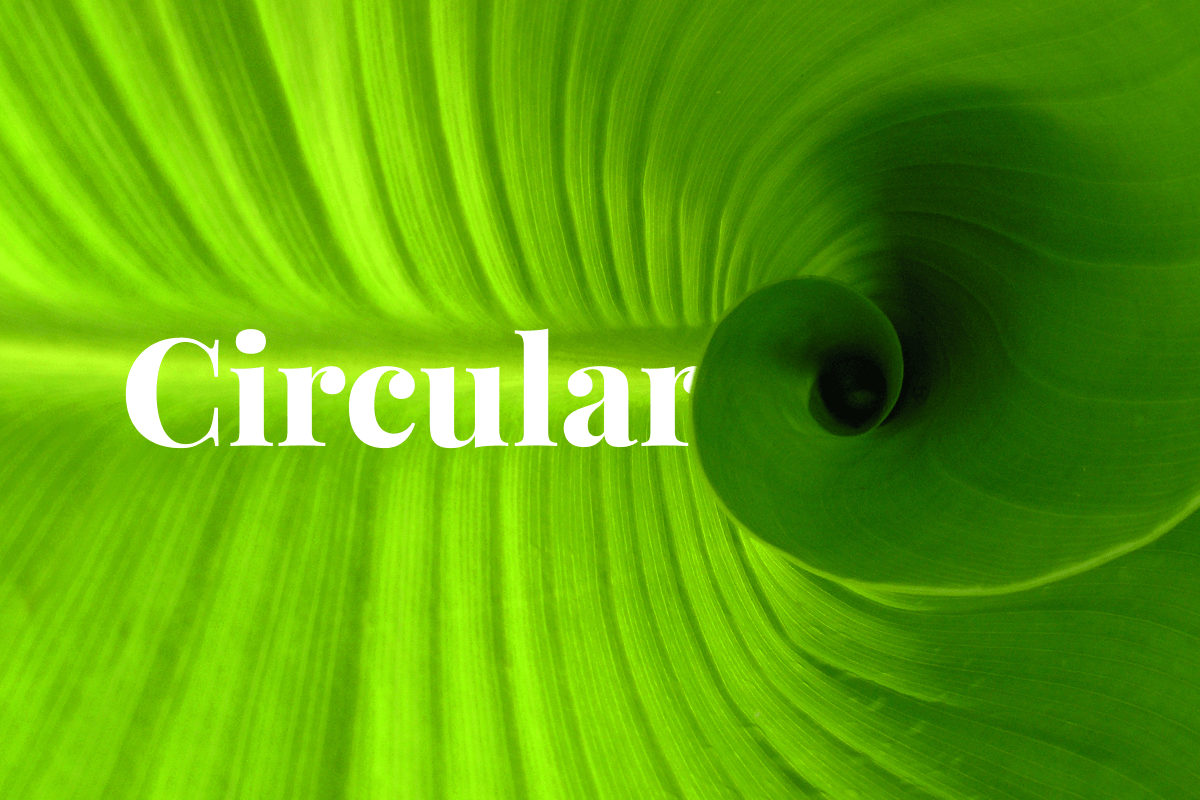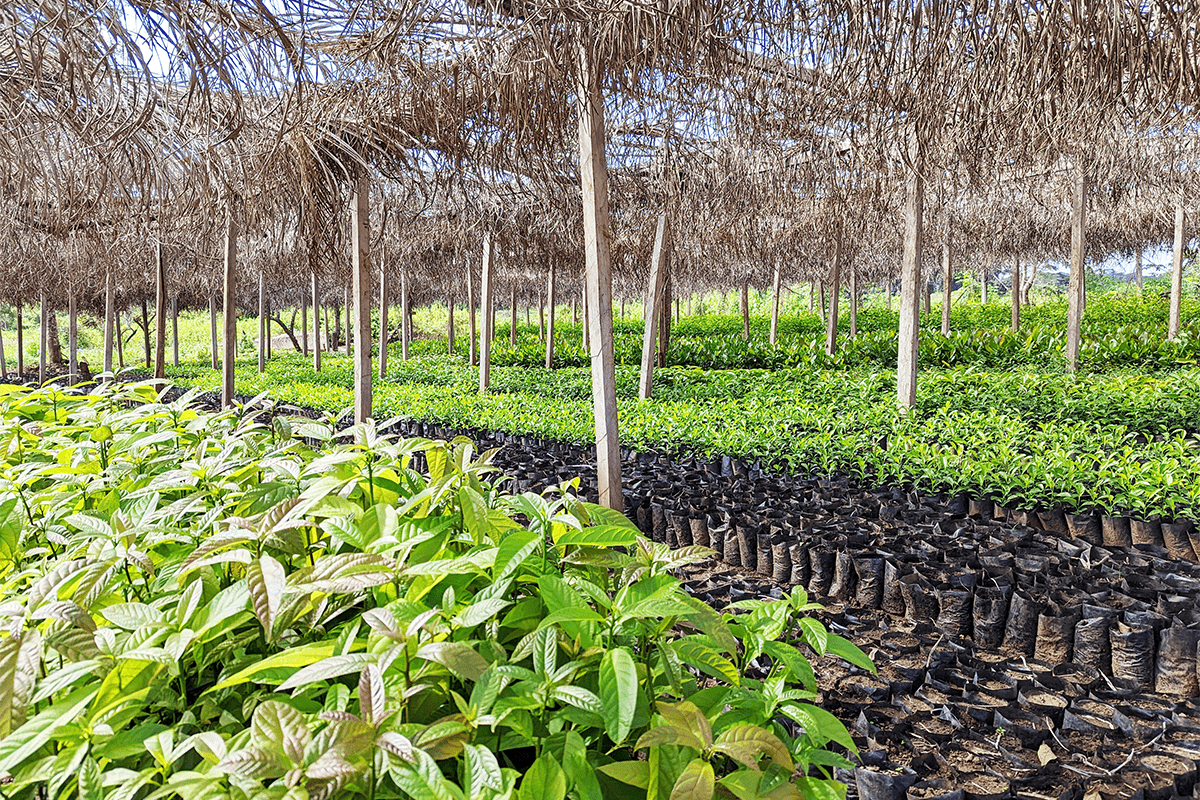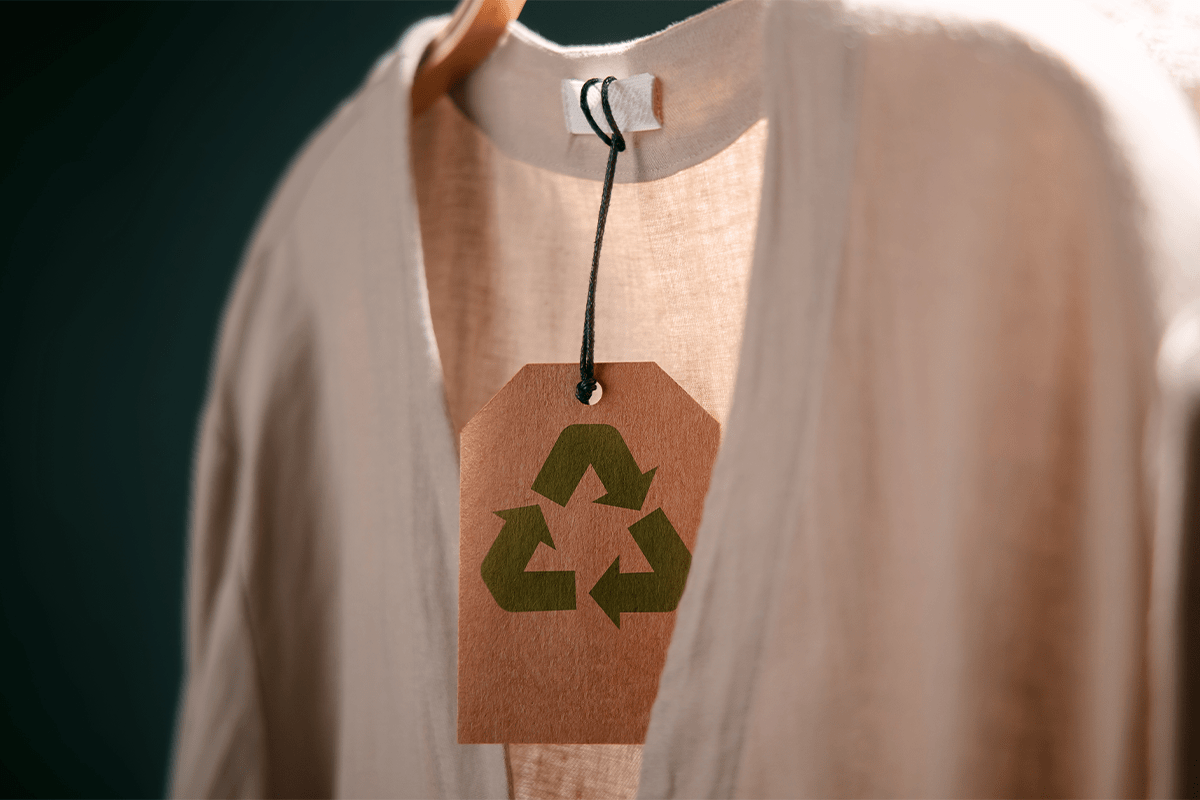As the world races towards a net-zero future, the intersection of net-zero emissions and a circular economy is becoming a hot topic. In this article, we'll explore the opportunities and challenges that this intersection presents.

What is the circular economy?
The circular economy departs from the traditional linear economy model that follows a take-make-dispose approach. Instead, it promotes the use of renewable resources and the reduction of waste by designing products and systems that are regenerative, restorative, and waste-free. This approach aims to keep products and materials in use for as long as possible, reducing the need for new resources and minimising waste.
In a circular economy, products and materials are reused, repaired, recycled, or repurposed to create new products, contributing to a more sustainable and resource-efficient economy. A circular economy is a crucial component of the transition to a more sustainable and net-zero future.
Read more: The roots of a sustainable future: integrating trees into a circular economy
What is net zero?
Net zero means achieving a balance between the amount of greenhouse gas emissions produced and the amount removed from the atmosphere. Net-zero emissions have become a key focus in global climate-action efforts and are crucial to avoid environmental disasters, such as rising sea levels, extreme weather events, and biodiversity loss.
Explore how leading companies are achieving net zero
To achieve net-zero emissions, it is necessary to reduce greenhouse gas emissions as much as possible and use methods to remove or offset the remaining emissions. This can be accomplished through various measures, such as transitioning to renewable energy sources, increasing energy efficiency, implementing carbon capture and storage technologies, investing in carbon projects, and purchasing carbon credits. The goal of achieving net-zero emissions is critical to ensuring a sustainable future for all, and businesses and governments around the world are increasingly committing to this goal as part of their climate action plans.
 Sawa Afforestation Project, DGB.
Sawa Afforestation Project, DGB.
Opportunities of net zero and a circular economy
The top three opportunities (and benefits) of net zero and the circular economy are:
1. Reduced carbon emissions
A circular economy is an essential component of the effort to reduce greenhouse gas emissions and promote a more sustainable energy sector. By promoting the use of renewable resources, reducing the dependence on fossil fuels, and reducing waste, the circular economy model can significantly lower greenhouse gas emissions.
One of the key ways this is accomplished is by minimising the amount of waste that ends up in landfills, which are a significant source of methane emissions. By keeping products and materials in use for as long as possible and repurposing them when they reach the end of their useful life, we can reduce the amount of waste that ends up in landfills and reduce methane emissions.
As we work to transition to a more sustainable and net-zero future, the circular strategies will play a critical role in reducing greenhouse gas emissions and mitigating the impacts of changing climates.
Measure your carbon emissions
2. Resource efficiency
The circular economy model offers a unique opportunity to promote resource efficiency and reduce greenhouse gas emissions. By keeping resources in use for as long as possible, the circular economy approach reduces the need for new resources, which in turn lowers emissions. This approach is achieved through various measures, such as product design for durability and longevity, reusing and repurposing materials, and implementing circular business models.
By designing products that can be easily repaired and refurbished, we extend the lifespan of products and reduce the need for new materials. Additionally, by using recycled materials in new products, we reduce the energy and resources required to produce new goods. This approach can significantly lower greenhouse gas emissions by reducing the energy consumption and emissions associated with the extraction and processing of raw materials. The circular economy approach promotes resource efficiency, which can help us transition to a more sustainable and net-zero future.

3. New business opportunities
The circular economy model presents a range of exciting new business opportunities for companies that embrace it. Business leaders who adopt circular economy practices give their companies a chance to create innovative products, services, and business models that reduce waste and emissions while increasing profits and competitiveness. This approach can help companies meet the growing demand for sustainable and environmentally responsible products, which is becoming increasingly important to consumers and investors alike. By designing products for circularity, companies create new revenue streams through product refurbishment, remanufacturing, and recycling.
Read more: The ultimate guide to plastic credits
Additionally, companies can implement circular business models, such as product-as-a-service, which offer new revenue streams and increased customer loyalty. Embracing the circular economy approach can also lead to cost savings, as companies reduce the need for new resources, improve supply chain efficiency, and reduce waste disposal costs. By embracing circular economy practices, companies can position themselves as leaders in sustainability and gain a competitive advantage in a rapidly changing business environment.
Challenges of net zero and a circular economy
The top three challenges of net zero and the circular economy are:
1. Complex supply chains
A circular economy requires a complex supply chain involving multiple stakeholders, including suppliers, manufacturers, consumers, and waste management companies. This complexity can make it challenging to implement circular economy practices and track progress towards net-zero emissions.
2. Consumer behaviour
Consumer behaviour plays a significant role in the success of a circular economy and achieving net zero. Consumers must be willing to change their behaviour and adopt circular economy practices, such as repairing and reusing products instead of buying new ones. Changing consumer behaviour can be challenging and requires education and incentives.
3. Cost
The transition to a circular economy and achieving net zero can be costly, requiring significant investments in infrastructure, technology, and research. The cost of these investments may be a barrier for some companies and governments, making it challenging to implement circular economy practices and achieve net-zero emissions.
A quicker path towards net zero with DGB Group
The intersection of net zero and a circular economy presents both opportunities and challenges. While the circular economy model offers new business opportunities and promotes resource efficiency and reduced carbon emissions, it requires a complex supply chain, changes in consumer behaviour, and significant investments. However, the potential benefits of a circular economy, including increased profits and competitive advantage, make it an attractive option for businesses looking to achieve net zero and reduce their environmental impact.
At DGB Group, we are committed to designing and implementing large-scale nature-based solutions that help address the urgent challenges of climate instability and environmental degradation. We believe circular economy strategies offer a powerful tool to make a positive impact and achieve our shared vision of a net-zero future. By integrating circular economy principles within everyday business practices, we can reduce waste and emissions, promote resource efficiency, and create new business opportunities that benefit both the environment and the bottom line. With our expertise and experience in nature-based solutions and our commitment to circular economy principles, we can help our clients reach net zero more easily and contribute to a more sustainable, prosperous future for all.
Join the change today—contact our experts



